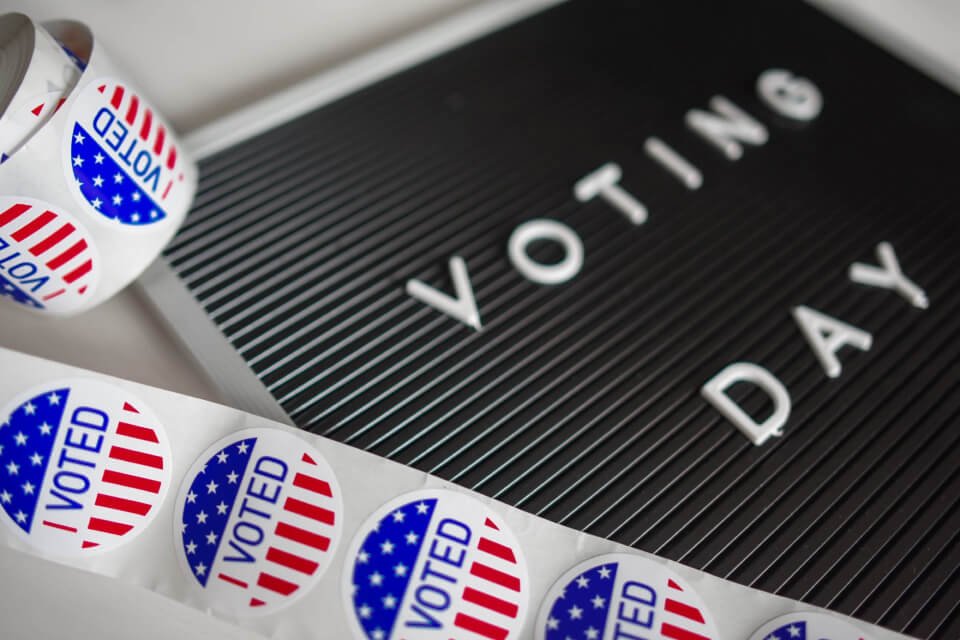As you know, AI in content creation tools has also defied tradition and improved how text, images, and videos are created, produced, and even marketed. Here’s a breakdown of AI-driven content creation, particularly transforming text into video:
What is AI-Driven Text-to-Video?
AI text-to-video services generate videos from articles, scripts, Blogs, or even simple text. Some of these tools rely on NLP algorithms, computer vision and the application of machine learning to create videos
How does it work?
Let’s discuss how we can change a text to a video using AI.
- Input Text: A user enters a script, text, or an article.
- Content Analysis:
- The AI engine then processes the words by determining the context, and the emotiveness of the text besides keywords.
- Extracting vital concepts for visualisation is also another NLP benefit.
- Asset Matching:
- The AI chooses or creates video animations or images that can correspond to the text presented.
- Other platforms also have TTS voiceover options Some platforms also offer TTS voiceover.
- Editing and Customization:
- Users can modify some or any of the visuals that have been used, join an audio track, edit the narrators, or change the kind of transitions that will be used.
- Final Output: AI conveniently generates an easily distributable video file format for various networks (i.e. YouTube, and social media).
Key Technologies Used
There are several key technologies are used to achieve this AI function.
- Natural Language Processing (NLP): Turns native language text inputs into processed, useful and significant data.
- Generative AI: This one produces fake content in the form of animations, backgrounds or even audio.
- Text-to-Speech (TTS): The synthesized text is verbally robust with artificial intelligence voices reading the text as it is.
- Deep Learning: It allows the visuals to be simply matched or generated by AI together in parallel with the audio.
- Computer Vision: Forbids simply have video clips or images jumping out in irrelevant content to the general input text material.
Popular Tools for AI-Driven Text-to-Video
There are some tools commonly used for AI-driven text-to-video.
- Pictory: As a tool it can take blog posts or scripts and make short humorous videos from them.
- Synthesia: Facilitates text to a more graphic including realistic artificial intelligence people in the videos.
- Lumen5: Invaluable for marketing teams to leverage blog content to create a video.
- Runway ML: Specific tools of generative AI for making videos.
- Veed.io: Provides artificial intelligence voice-over, and video recording and transcoding services that take maximum time to make content.
Applications of Text-to-Video
We have an application for AI-driven text-to-video let’s discuss:
- Marketing Content: Package images, Social media videos and Product demos.
- Educational Content: Courses, webinars, and SMEs’ training videos and guides.
- News Summaries: The fourth type of content is the articles that need to be converted into short video briefs.
- Corporate Communications: Company news, proceedings, and communications from matters within the company.
- Content Repurposing: Turning posts and articles into interesting visuals.
Benefits
Let’s talk about AI-driven content creation: Text-to-video.
- Time-Efficient: Saves time that would have been spent in the annual encoding of videos.
- Cost-Effective: Reduces the contingencies of having to source expensive equipment for the production of videos and most importantly people who will be involved in the production of great videos.
- Scalable: Can create mass videos for a campaign or a campaign for a whole subject area.
- Engagement: Among the two types of communication tools, video content receives more attention and engagement compared to plain text.
- Accessibility: Technical specifications of TTS make it possible to make content more accessible to learners with disabilities.
Challenges to Consider
Some challenges have to be considered in AI content creation.
- Quality Control: Any video created through AI may not be creative or contain emotions in the way that it is designed to.
- Limited Customization: They do not allow precise changes to the plots with ample handwork.
- Dependence on Inputs: If the text quality is low, then the video quality will also be low.
- Ethics: Some of the issues have to do with synthetic media, AI bias and deepfakes.
Future Trends
There are future trends and opportunities with AI-driven content creation.
- Realistic AI Avatars: Specific future technological improvements in AI technology will result in the creation of lighted presenters in videos.
- Personalized Content: The idea of making individual videos following the specific viewer’s stimuli.
- Interactive Videos: AI leveraging more companionable video, more customarily known as Interactive Video.
- Multilingual Capabilities: Technology special tools for translating text to video and dubbing language in the video.
Conclusion
As you know Tools in text-to-video generated by AI enable creators, marketers and educators to create meaningful content effectively. In the future, due to advancements in technology, these tools will even develop more enabling the creation of documents closer to the more artistic style of work.


